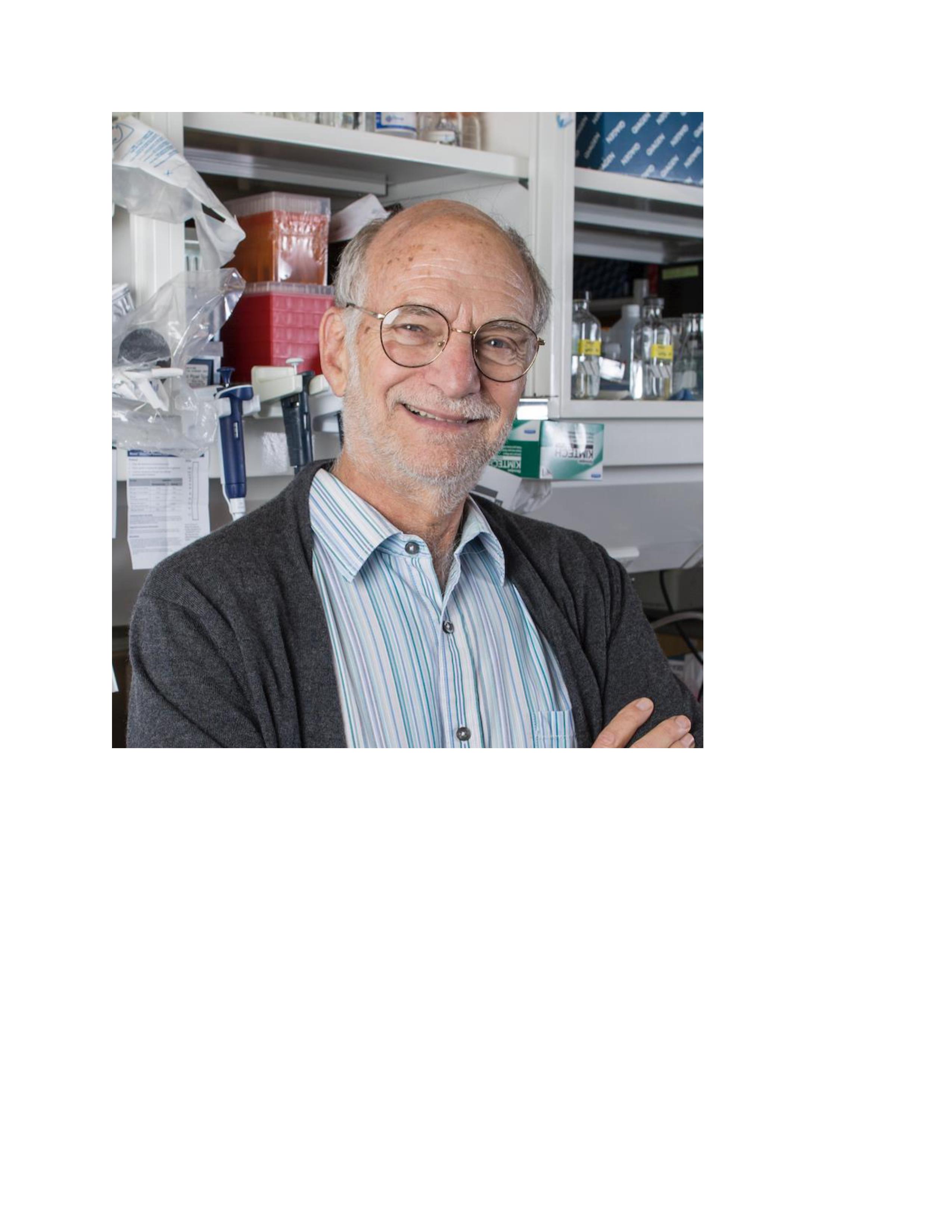SPEAKERS

Michael Rosbash
AFFILIATION:
Brandeis University, Waltham, MA, USA
POSITION TITLE:
Investigator, Howard Hughes Medical Institute,
Professor, Department of Biology
EDUCATION/TRAINING:
California Institute of Technology, Pasadena, CA, B.S. Chemistry; June 1965.
Massachusetts Institute of Technology, Cambridge, MA, Ph.D., Biophysics; Dec 1970.
HONORS:
2021 Honorary Doctor of Science, Colby College
2021 Honorary Fellow of the Tata Institute for Fundamental Research - TIFR
2019 Honorary Doctor of Science, University of Edinburgh
2018 Peter Farrell Prize in Sleep Medicine
2019 Honorary Doctor of Science, University of Buenos Aires
2017 The Nobel Prize in Physiology or Medicine
2013 The Shaw Prize in Life Science and Medicine
2013 Wiley Prize in Biomedical Sciences
2012 The Massry Prize
2012 Canada Gairdner International Award
2011 Louisa Gross Horwitz Prize for Outstanding Basic Research
2009 The Peter and Patricia Gruber Foundation Neuroscience Prize
2007 Fellow, American Association for the Advancement of Science
2003 Member, National Academy of Sciences
2001 Caltech Distinguished Alumni Award
1997 Member, American Academy of Arts and Sciences
1989 Investigator, Howard Hughes Medical Institute
RESEARCH INTERESTS:
The Why and How of Sleep and Its Relationship to Circadian Rhythms
Although sleep is still an enigma, fly sleep appears to mimic mammalian sleep in most of its key features. They include regulation by the circadian clock as well as regulation by a poorly understood homeostatic mechanism. The latter keeps track of sleep so that we, and flies, can make up lost sleep; this recovery sleep is also known as rebound sleep. Although circadian and homeostatic regulation are believed to be distinct, we have recent evidence that some circadian neurons are important for doing both, including regulating total sleep levels. We are also engaged in genetic as well as molecular studies to identify molecules important for sleep regulation, especially for sleep deprivation and for recovery sleep. Lastly, we are studying sleep regulation in the context of aging. Old flies sleep less than young flies and importantly are less able to make up for lost sleep, i.e. they are deficient in recovery sleep. This resembles the effect of aging on human sleep. We would like to understand why, which might provide insight into an important aspect of aging, into sleep regulation, or both.
The Contribution of Posttranscriptional Regulation to Circadian Biology, Sleep, and Neuronal Function
Our recent studies analyzing nascent RNA (Nascent-Seq) from fly heads as well as mouse liver indicate considerable posttranscriptional regulation, i.e. mRNA circadian oscillations that are not strictly due to transcriptional regulation. One aspect of this regulation involves RNA binding proteins and their roles in circadian biology, and we are especially interested in this phenomenon in the context of circadian neurons. To address the targets of selected proteins of interest, we have recently developed a method called TRIBE. It uses a genetic approach to identify target mRNAs within small numbers of neurons, a circumstance that precludes the ability to do biochemisty. We have also approached this general topic of post-transcriptioinal regulation from another direction, by finding microRNAs (miRNAs) that undergo circadian oscillations in level. To pursue this problem from a circadian neuron point of view, we recently sequenced miRNAs from isolated circadian neurons around-the-clock and validated several of them that undergo circadian cycling. One of these circadian miRNAs regulates the clock gene timeless. Others are being studied, i.e., their mechanisms of cycling, molecular targets, and functions.
PUBLICATIONS:
http://www.bio.brandeis.edu/rosbash-lab/index.php/publications/
